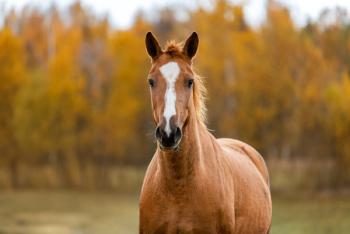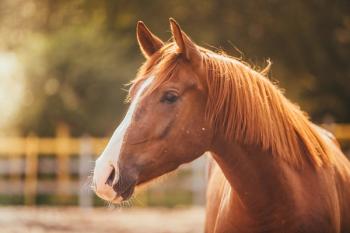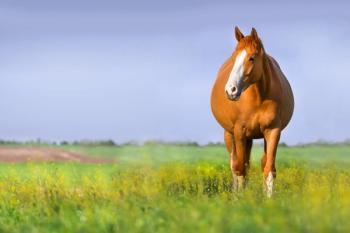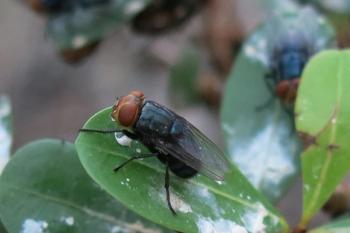
Gender, age bigger factor in race fatalities than track surface
Lexington, Ky. - Track surfaces have much less connection to racehorse injuries than other factors, like gender and age, according to new data revealed by The Jockey Club.
Lexington, Ky. — Track surfaces have much less of a connection to racehorse injuries than other factors, like gender and age, according to new data revealed by The Jockey Club.
The Jockey Club unveiled more information from its new Equine Injury Database at the third Welfare and Safety of the Racehorse Summit at Keeneland June 28 and 29, with Dr. Tim Parkin, an epidemiologist from the University of Glasgow's Faculty of Veterinary Medicine, interpreting results.
"This preliminary analysis just scratches the surface," says Parkin. "As the number of starts recorded in the database continue to grow, more complex statistical analyses can focus on multiple variables studied in concert to better understand the myriad of factors that may contribute to fatal and non-fatal injuries."
Initial results were released from the new database in March and indicated that an average of two fatal injuries occur each day on Thoroughbred racetracks, according to preliminary data released from The Jockey Club's new Equine Injury Database. The statistic was the first of its kind, since fatality rates in racing previously were only recorded by individual racing commissions. More than three deaths per day were estimated at the nation's racetracks back in 2008.
The new revelations break down injuries more specifically, showing that incidence of injury fatalities were significantly lower in horses younger than 2 years versus older horses. Fatalities also were lower for fillies, mares and geldings than for intact male racehorses, Parkin says.
Not confirmed by the database results, however, is the belief that different racetrack surfaces play a role in fatal Thoroughbred injuries. Fatality incidences for racehorses were not significantly different on dirt, synthetic or turf racetracks, nor did the condition of the dirt affect the number of fatal injuries, Parkin notes.
"The work presented today represents a starting point, not a destination," Dr. Mary Scollay, equine medical director for the Kentucky Racehorsing Commission and a consultant for the Equine Injury Database, told attendees at the welfare summit. "This begins to answer the question of what is happening. The 'how' and 'why' remain to be determined."
The database compiles equine injury data from more than 80 racetracks in the United States and was launched in July 2008 after a one-year pilot program. The goal of the database project is to identify the frequency, types and outcomes of racing injuries using a standardized format; identifying markers for horses with increased injury risks; and serving as a data source for safety research.
Also revealed at the summit were four new objectives to improve conditions in the Thoroughbred industry. Participants at the summit identified these areas as racing equipment and safety; racetrack environment and training practices; education, licensing and continuing education; and transitioning Thoroughbreds to second careers.
Objectives to be carried out within these four categories include:
- Establishing a rider injury database to develop practices to reduce injuries;
- Creating a track liaison position at all racetracks to coordinate aftercare of retired horses;
- Formalizing national reciprocity of veterinarians', stewards' and starters' lists;
- Implementing the use of advanced safety equipment on a phased basis;
- Developing a comprehensive database of track maintenance, training and veterinary records;
- Creating veterinary guidelines with the American Association of Equine Practitioners to identify second careers for racehorses based on condition; and
- Establishing a mechanism to encourage continuing education for anyone working with Thoroughbreds.
Newsletter
From exam room tips to practice management insights, get trusted veterinary news delivered straight to your inbox—subscribe to dvm360.




